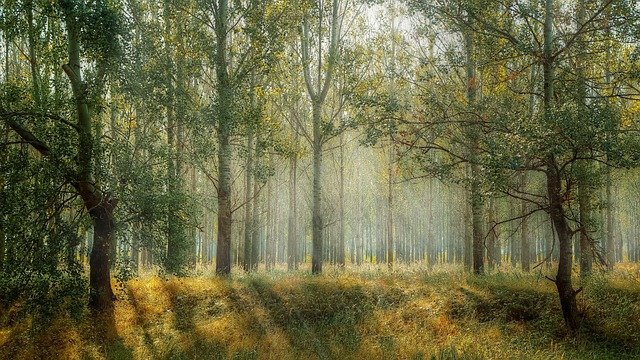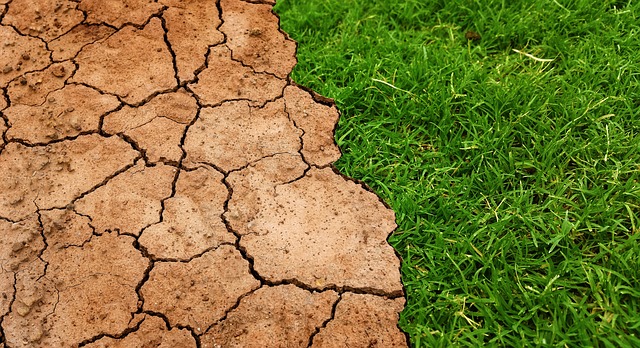What is Reforestation?
Reforestation means replanting or attempting to regrow plants, trees and other flora on the land that was previously cleared to benefit humans for their activities such as cultivation, or for timber for furniture, logging for cabins and other purposes that require some use of wood and land.
Now, Reforestation also happens when cities need to be expanded due to urbanization or new settlements on the outskirts of towns or cities.
Also read: Deforestation – Causes, Effects, and Solutions
What are common methods of Reforestation?
There are many techniques and ways through which we can reforest a land, it includes both natural and artificially assisted methods such as:
- Natural Seeding: It is also known as Direct Seeding. It is the most common way to regenerate a land by the use of small seedling that have been left to grow on the land from selected species of trees, it works best with evergreen tree species like oak and pine trees whose nuts/seeds can be easily collected and sown by hand or be dispersed by wind and animals.
- Root Suckering: When a tree is under stress such as due to nutrient deficiency in soil or lack of water due to low rainfall/drought conditions etc. The tree considers itself to be under threat of dying out and hence its response it to try to reproduce from the roots in the form of small growths that may develop into a new tree if left alone. These are called root suckers and they tend to grow when the plant is wounded or stressed due to any environmental or man-made causes. The tree produces a hormone that promotes healing and regeneration of new cells in the tree which leads to these new sprouts. In areas that are being deforested for say, timber for furniture, they may fell the tree after these root suckers have grown above the soil so that a new tree can continue growing afterwards.
- Stump Growing: In order to reduce the damage caused by cutting down trees, some foresters have laid down policies like cutting trees after root suckers have formed or the tree has sprouted new seedlings. Another technique for the same purpose is Stump growing in which the trees are cut down just above the roots or slightly above the trunk in order for the tree to grow a bit quicker than it would have taken otherwise had it been entirely uprooted and felled. The process of the regrowth of the trees is the same as in root suckering: hormones responsible for wound healing in trees are produced which speed up regeneration in order for the tree to grow. This saves time as no seed plantation is involved, prevents soil erosion as land cover is still being protected and also allows quicker growth.
Also check out: Sustainable Forest Management – Methods and Importance
Innovative/Modern Techniques for Reforestation:
Some of the newer methods developed for conserving trees on land in the face of global warming are:
- Single Tree Removal: This is more of a technique that is employed when removing trees because it involves the removal of trees of the same kind/class, (such as all young trees or all older trees) so as to balance the scales by using some trees for human needs and leaving the rest untouched. Nevertheless, it is included in reforestation techniques because it is an attempt to maintain tree cover over land.
- Group Cutting: This involves cutting trees that are found together- in a group. Old trees are particularly targeted which are tall with large canopies that prevent sunlight from reaching to the younger ones. This helps the younger trees as competition for space, nutrients and sunlight is reduced and allows them to grow quicker. The land is not cleared, only sections of it.
- Clear-Cutting and Replanting: Entire trees are removed and then new seedlings of the same tree are planted again at the same spot to regrow. However, it is not as efficient since soil cover is lost and soil is more prone to erosion for a long time.
- Seed Tree Technique: This uses a mature tree that will provide a constant source of seeds which will be dispersed by animal and wind in the area and be a cause for new trees to grow. It can be removed once the land is reforested or left as it is.
Also check out: What is Afforestation? What are its Methods and Importance?
Importance of Reforestation:
Some points have been mentioned below, although reforestation benefits are endless:
- Reforestation is primarily responsible for storing carbon dioxide– a green house gas responsible for global warming. More trees means more carbon is stored in them. One tree can store up to 25 kg of carbon per year. Check out: Ways to Reduce Global Warming and Stop Earth from Heating Up
- Tree cover over land prevents: soil erosion, silting of lakes, prevent landslides, desertification and reduce the risk of floods as trees can absorb much water via their roots than when the land is cleared. You may like: How to Reduce Severity of Disastrous Impacts of Floods
- Maintains biodiversity. Trees and forests are a wildlife habitat and maintaining them will maintain both flora and fauna that are crucial to the ecosystem.
- Trees purify and refresh the air and maintain a healthy air quality. They supply oxygen and store carbon and pollutants making it a healthier environment for all to live in. Also, see: Air Pollution- Sources, Effects and Control
There are many other countless benefits of reforestation all linking back to climate change mitigation and that can help in reducing the effects of global warming. With the increasing population, planting more trees can offset the land lost to urbanization. Moreover, Trees are the most effective form of carbon sequestration as they can store carbon for as long as they are not cut again, they also help regulate temperature of the earth by cooling the atmosphere, improve water retention, soil stability and water quality of the area. Trees are the lungs of our planet and by cutting them we are dooming ourselves and the planet. However, by deforestation and using unsustainable methods of reforestation may lead to more problems.
You may be interested in: Agroforestry – Importance and Application in Pakistan
We hope you all liked this post! Please, comment below if you have any suggestions, comments, or feedback! We #envpk love hearing from our readers! Thanks!




